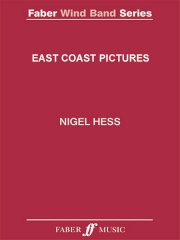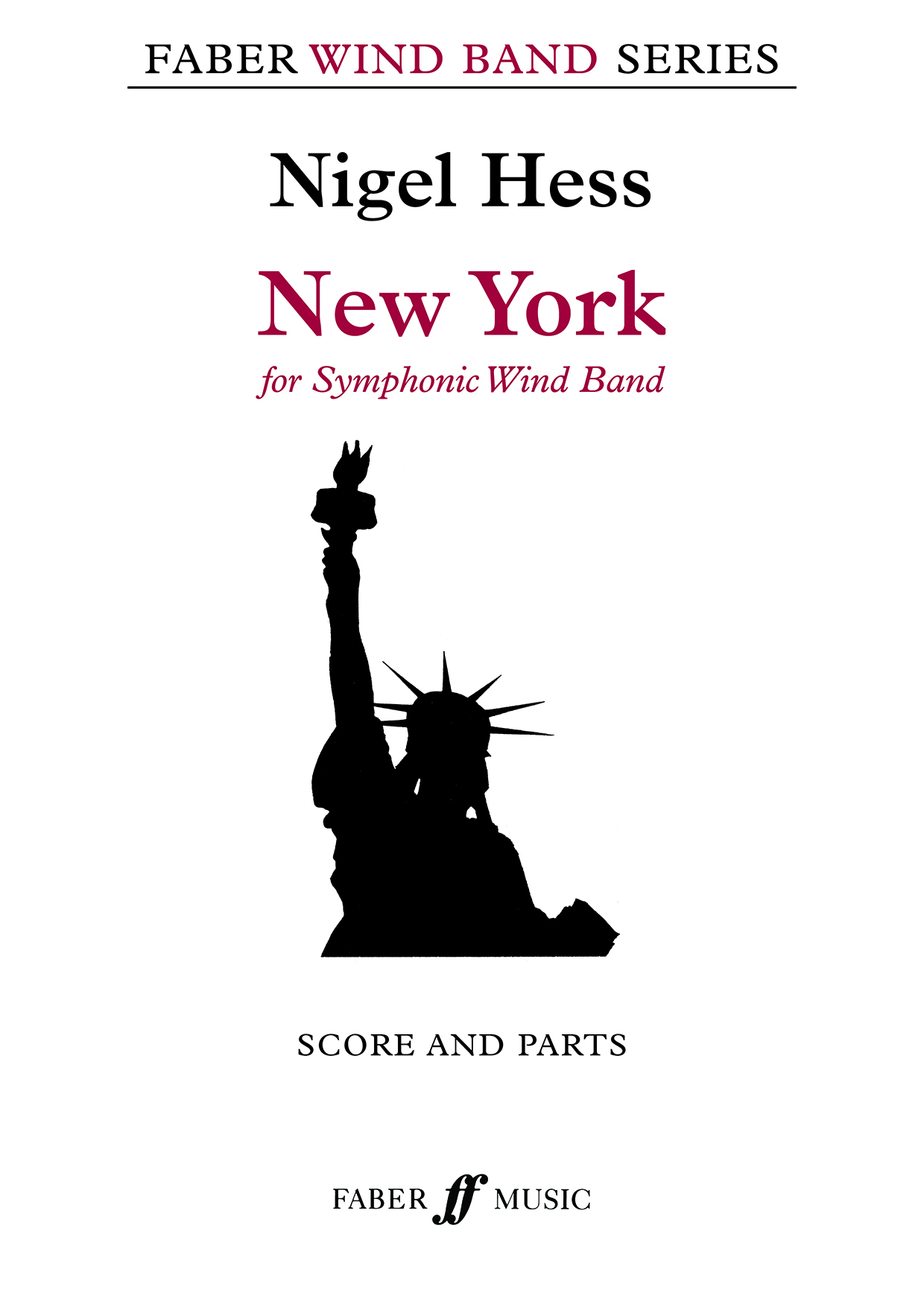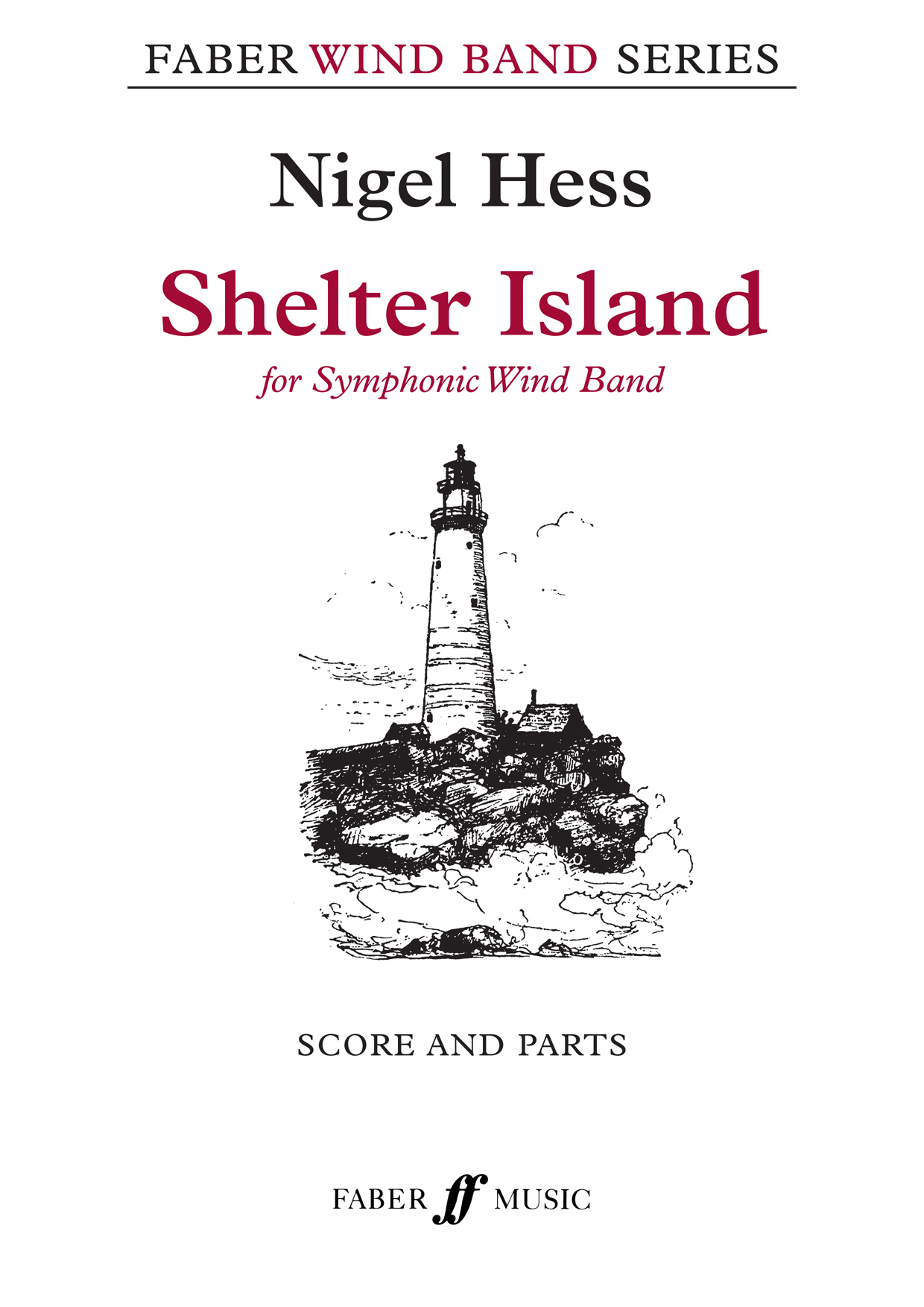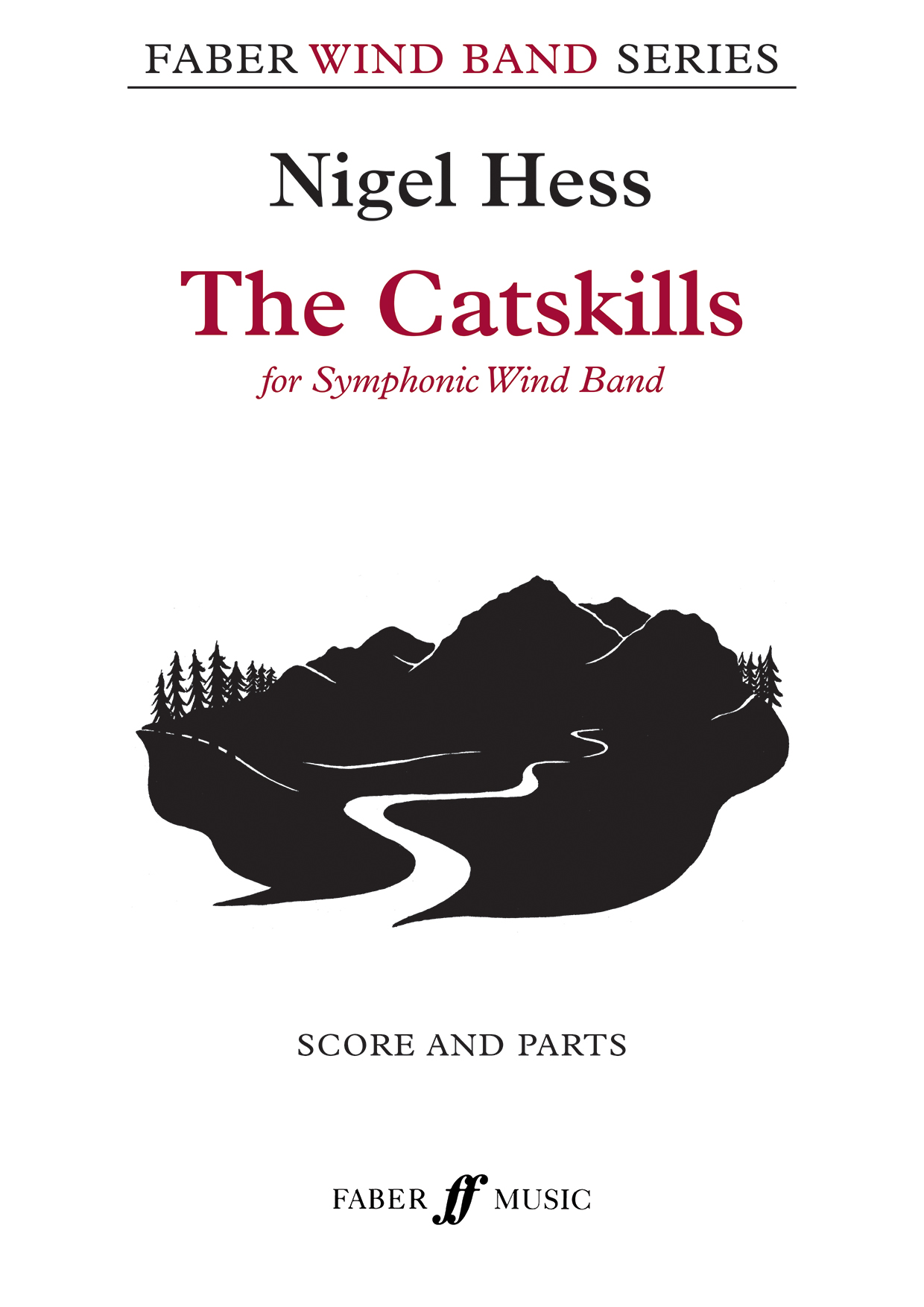Results
-
£150.00
East Coast Pictures - Nigel Hess
East Coast Pictures was commissioned by the British Youth Wind Orchestra with funds from the National Westminster Bank plc. These three short 'pictures' were inspired by several visits to a small part of the American East Coast, an area that provides great extremes in the geography and the people. Movement 1: Shelter Island is a small island situated near the end of Long Island, a few hours drive east of New York. In the summer it becomes a crowded tourist trap; but in the winter it is gloriously deserted and bravely faces the onslaught of the turbulent Atlantic, shrouded in sea mists and driving rain. This 'picture' is a fond memory of a winter weekend on Shelter Island. Movement 2: In upstate New York lie the Catskills Mountains--an extraordinary combination of tranquillity and power, peace and majesty. Once seen, they call you back again and again. Movement 3: New York - or to be more precise, Manhattan. For anyone who is familiar with this bizarre and wonderful city, here is a 'picture' that needs no explanation. For those not yet hooked this is a foretaste of things to come!
In stock: Estimated delivery 1-3 days
-
£65.00
New York - Nigel Hess
New York - or to be more precise, Manhattan. For anyone who is familiar with this bizarre and wonderful city, here is a 'picture' that needs no explanation. For those not yet hooked this is a foretaste of things to come! This piece forms the final movement of 'East Coast Pictures', commissioned by the British Youth Wind Orchestra with funds from the National Westminster Bank plc. It is a suite of three short 'pictures' that were inspired by several visits to a small part of the American East Coast, an area that provides great extremes in the geography and the people.
In stock: Estimated delivery 1-3 days
-
£55.00
Shelter Island - Nigel Hess
Shelter Island is the first movement of East Coast Pictures. It is a depiction of the Shelter Island itself, a few hours drive east of New York. In the summer it becomes a crowded tourist trap; but in the winter it is gloriously deserted and bravely faces the onslaught of the turbulent Atlantic, shrouded in sea mists and driving rain. This 'picture' is a fond memory of a winter weekend on Shelter Island. East Coast Pictures was commissioned by the British Youth Wind Orchestra with funds from the National Westminster Bank plc. These three short 'pictures' were inspired by several visits to a small part of the American East Coast, an area that provides great extremes in the geography and the people.
In stock: Estimated delivery 1-3 days
-
£45.00
The Catskills - Nigel Hess
In upstate New York lie the Catskills Mountains - an extraordinary combination of tranquillity and power, peace and majesty. Once seen, they call you back again and again. The Catskills forms the second movement of East Coast Pictures, commissioned by the British Youth Wind Orchestra with funds from the National Westminster Bank plc. It is a suite of three short 'pictures' that were inspired by several visits to a small part of the American East Coast, an area that provides great extremes in the geography and the people.
In stock: Estimated delivery 1-3 days
-
Fenix Blue - Peter Meechan
Fenix Blue is a solo work for alto saxophone and wind ensemble, commissioned by and written for British saxophonist, Tim Watson.A wild blues inspired opening for unaccompanied saxophone gives way for a slow, dirty blues! More blues elements appear in the following slow funk section, driven by the percussion section and drum kit.Slow reflective music follows before a return to the slow funk - this time with plenty of the original blues music interjected around the band and from the soloist, leading to a loud conclusion!The title makes reference to the large blues influence in the piece, but the Fenix referred to in the title is a dedication to the Phoenix 2 capsule that rescued the 33 Chilean minors who were trapped underground for 69 days last year, the last of whom was brought to the surface in the capsule as I was finishing this piece.
Estimated dispatch 5-14 working days
-
 £42.15
£42.15Christmas Processional - Wind Band (French Trad. arr. Andrew Wainwright)
A spectacular opener to any Christmas concert, based on the French carol, Bring a torch, Jeanette, Isabella. This work tells the story of a group of children in medieval Provence, dressed up as shepherds and milkmaids, carrying torches and candles as they proceed to the stable. As they draw closer and their excitement increases, they are constantly reminded by their parents to keep the noise down so that they don't wake up the baby Jesus. The music begins quietly and builds to a majestic conclusion. "If I were still conducting regularly, this would certainly be on my list as a Christmas concert opener - it sets the energy and mood most effectively. The scoring is terrific." Paul Hindmarsh, music critic PDF download includes score and full set of parts. Sheet music available from : UK: www.wind-band-music.co.uk USA: www.solidbrassmusic.com Difficulty Level: Medium Advanced Instrumentation: Flute 1-2 Oboe 1-2 Bassoon 1-2 Clarinet in Bb 1-3 Bass Clarinet in Bb Alto Saxophone Tenor Saxophone Baritone Saxophone Trumpet in Bb 1-3 Horn in F 1-4 Trombone 1-2 Bass Trombone Euphonium Tuba Double Bass Timpani Percussion 1-3
In stock: Estimated dispatch 1-3 days
-
£115.00
The Ocean Beast (CB) - Pimpanit Karoonyavanich
If we hear about a beast, we would imagine a powerful and fierce creature. This composition work depicts a beast who's cursed to live under the ocean. Because everyone thinks that he's a heartless and evil beast, they run away from him every time they see him. Sometimes he appears at the surface of the sea and hope that he would be able to make friends with human. But all he got were severe wounds those made by the sailors who thought that he wanted to attack them. Nobody knows... that all he wants, is just only someone who just treat him like the others, not a beast.
Estimated dispatch 7-14 working days
-
£113.00
Aurelia (CB) - Filip Ceunen
The concert march Aurelia was commissioned by Wind band 'Sint-Jorisgilde' from Meerhout-Gestel (B) on the occasion of their 115th anniversary. The march was written in a cinematic style with references to the anthem 'Oh mijn liefste Meerhout' - Oh my dearest town of Meerhout. The name 'Aurelia' is based on the topographical configuration of Meerhout, as it were, which is in the form of a butterfly. Aurelia is the Latin word for (gold) butterfly.
Estimated dispatch 7-14 working days
-
£126.00
The Dark Ages (CB) - Kevin Van Giel
The Middle Ages are in the history of Europe during the period between classical antiquity and the modern era, roughly between the years 500 and 1500 AD. Traditionally this period was situated between the fall of the Western Roman Empire in the fifth century and the Renaissance that began in Italy from the fourteenth century. In this work the composer outlines three important events in the Middle Ages, which were also known as The Dark Ages.
Estimated dispatch 7-14 working days
-
£93.00
The Rocky Road to Dublin (CB) - Irish Traditional - Patrick Verhaegen
The Rocky Road to Dublin is a fast-paced 19th century Irish song about a man's experiences as he travels to Liverpool (England) from his home in Tuam (Ireland). The words were written by D.K. Gavan.
Estimated dispatch 7-14 working days




